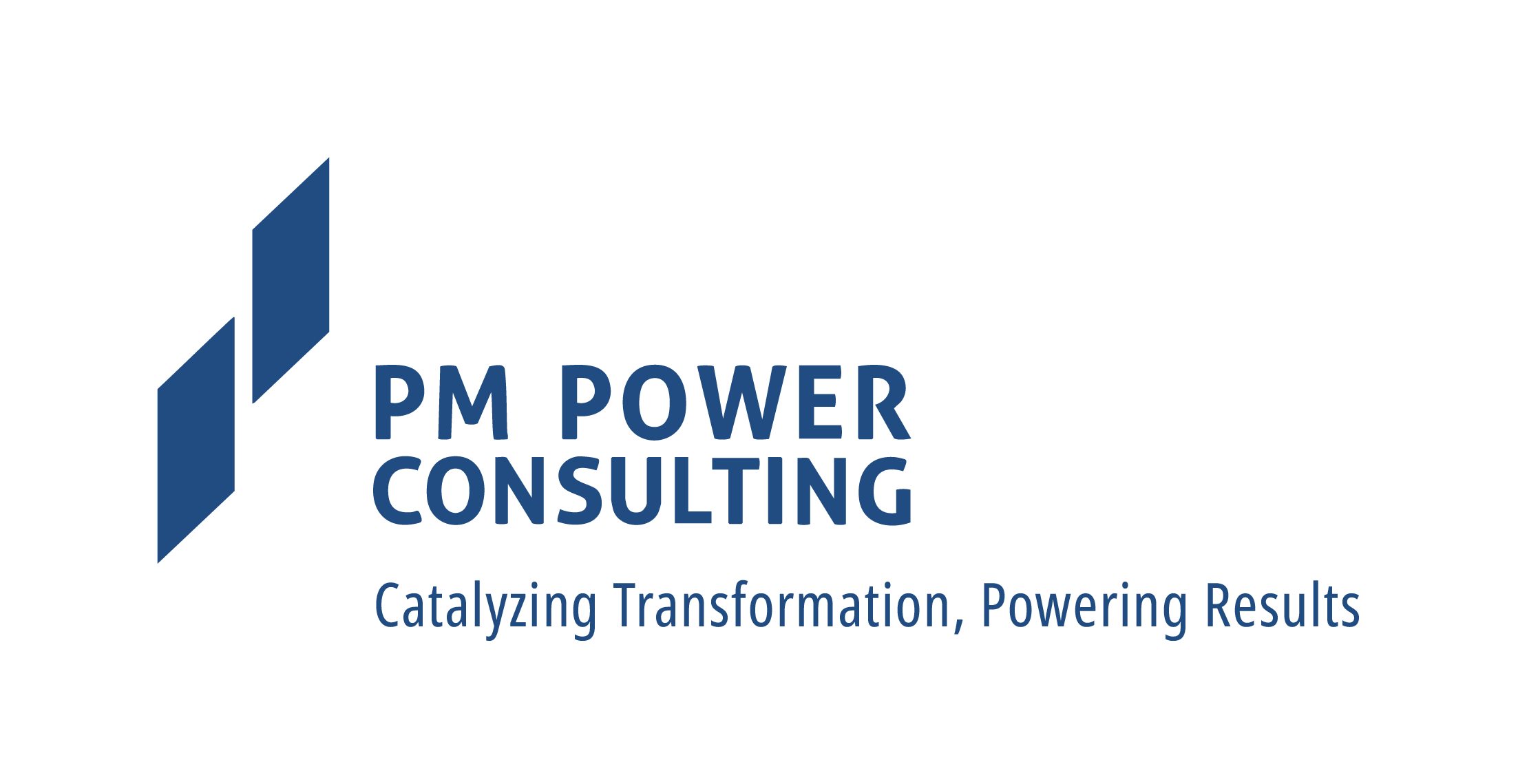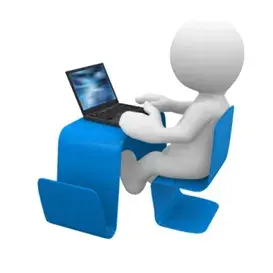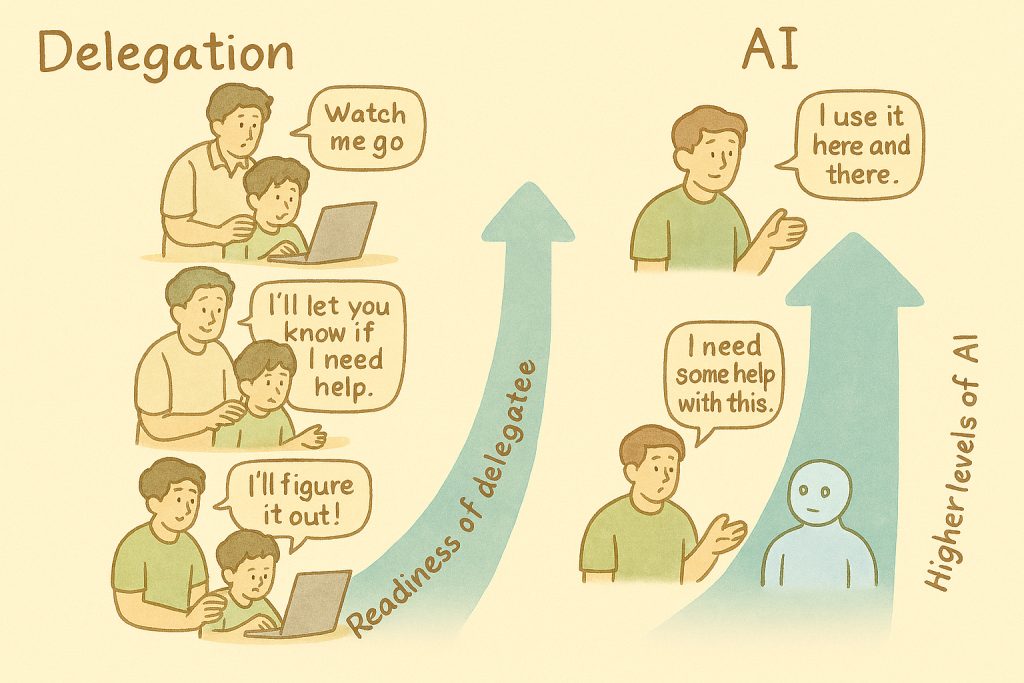The past 2 years have been a roller coaster ride for most of us. It gave us opportunities to relearn some of our forgotten skills or explore new areas through virtual learning platforms. It is not only individuals re-looking at learning methods but also every organization was also looking at changing their training, onboarding, and workshops to virtual mode. We can see it in the data and the projection for that industry published on the world economic forum page.
https://www.weforum.org/agenda/2020/04/coronavirus-education-global-covid19-online-digital-learning/
E-learning Market Value Projected To Reach US$ 660.8 Billion By 2027 Covering Covid-19 Impact – The global e-learning market is expected to grow at a CAGR of around 15.9% from 2020 to 2027 and reach the market value of over US$ 660.8 Bn by 2027. (ref https://www.globenewswire.com/news-release/2021/05/20/2233572/0/en/E-learning-Market-Value-Projected-To-Reach-US-660-8-Billion-By-2027-Covering-Covid-19-Impact-Acumen-Research-and-Consulting.html)
As the industry matures, there have been lots of best practices and recommendations shared across to develop the right content and tips on how to engage the participants for trainers. In some organizations, trainers are re-trained to adopt this model. Whereas I feel that as a learner, it is up to each of us to figure out new ways of learning in the new world that is poised to stay. During the past 2 years, I have been on a personal learning journey and was using various virtual learning tools, platforms for that purpose. Initially, when I started, I fumbled through these learning methods, and sometimes I dropped the course or lectures in-between as they did not fit my learning styles, wasting both my time and money. After few trials, I figured out some practices or tips that are helping me out to get the best out of these virtual learning courses or workshops.
Here are my 2 cents
1. Align learning styles – Each of us has different ways in which we grasp things. Some of us love to listen to lectures whereas some of us would love to do experiments to understand concepts. The study shows that there are 7 different learning styles, and they are as listed below.
· Visual (spatial) Learner -Using pictures, images, diagrams, whiteboards and more helps these types of learners understand information better.
· Aural (auditory) Learner -Aural learners are good listeners who normally learn best through verbal presentations like lectures and speeches.
· Verbal (linguistic) Learner -These learners prefer using words, both in speech and writing.
· Physical (kinesthetic) Learner -Getting hands-on is a must for these learners who love to tinker and learn best when they can do rather than see or hear.
· Logical (mathematical) Learner – If there is logic, reasoning, and numbers involved, these learners are sure to excel.
· Social learners favored Social (interpersonal) Learner.
· Solitary (intrapersonal) Learner – These students prefer to use self-study and work alone.
For example, if I belong to the visual and kinesthetic learner type, then I would prefer classes with more diagrams and more experiments rather than trainers speaking about topics. However, if I am a verbal learner, I would love to listen to lectures from experts. Understanding our unique learning styles would help us choose courses or methods of learning. Either you can look back at the training programs where you enjoyed or do the survey available on the internet to understand your style. For me, I love working in groups hence I choose courses(offline) where there are options to review other’s work and connect with the team, which helps in better learning.
2. Keeping Focus and avoiding distractions–One of the major drawbacks of e-learning is the focus or having undivided attention. When we are in class or workshops, we do not open mobile or laptops to check emails or send messages and when we lose focus, we might daydream. However, when we are learning online, laptops or mobile that we use every day for office or for entertainment or for chatting with friends could themselves become distractions. Here are a few tips I followed to keep myself focused during classes.
· Closeout the mails and collaboration channels keep mobile of our reach; Keep only course window open
· Set expectations at home that you are in training and not to be disturbed.
· Have video on
· Join a few minutes early and connect with the trainer /facilitator. This also helps you to take on the next steps, such as certification or becoming an expert in that area.
· 2 min mindful breathing before the class starts (ref -https://pm-powerconsulting.com/mindful-leadership/resources/)
·Try out the exercises or case study and submit it I am sure most of you have been using the virtual learning platforms, either in your organization or some preferred platforms to learn and grow in your careers. Hope the above tips shared from my experience are useful. Please share your best practices or tips or any recommendation from your learning journey on how we can get the best out of the virtual learning model.





